Our Team

Samana Shah
content + designer
Samana is a fourth year biomedical engineering major with an interest in marketing. Her primary responsibilities included the research and content components of the application.
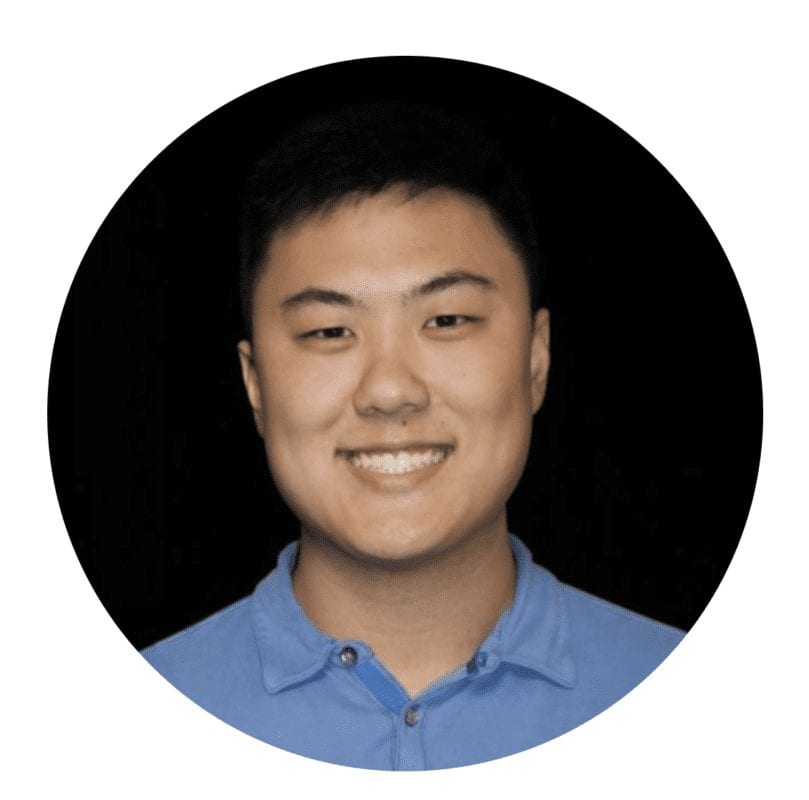
Austin Shin
backend Builder
Austin is a fourth year computer science major who loves sharing his coding knowledge with others. He was in charge of building the backend and reviewing use cases for testing.

Anya Booker
Sponsor
Professor Booker is the lead coordinator for the Black Academic Excellence Center at Cal Poly. She had a vision of creating an application that focuses on using food as medicine.
Acknowledgements
The completion of this project could not have been accomplished without the support of our sponsor, Anya Booker. Thank you for the opportunity to learn more about the intersectionality between food and medicine.
Our Project's Videos
Our Project's Digital Poster
Background
Ginger and Honey is an application service that tracks the effectiveness of food as medicine. It will address how users can lead healthier lifestyles by providing a database of resources. The application is not intended to offer pharmaceutical or medical advice; rather it will offer a collection of recommendations from health professionals and experts.
Indications for Use
Ginger and Honey is an application service indicated for use by those interested in holistic health and wellness. The application will utilize machine learning to create a unique experience for every user.
Research
Cancer:
- – 40% of women have microscopic cancer growing in their breasts (Li TedTalk)
- – Naturally occuring inhibitors are present in various foods, attack the common denominator of angiogenesis (Li TedTalk)
- – Red meat intake is associated with increased overall breast / cancer risk (Red and Processed Meat)
Miscellaneous:
- – Diseases are downstream effects from an upstream mechanism (Hyman TedTalk)
- – Ways of navigating through the landscape of illness through mechanisms not disease, through patterns and understanding connections (Hyman TedTalk)
- – Discover imbalances in the basic biological systems, different roadmap that is focused on the underlying triggers (Hyman TedTalk)
Test Protocols
User Acceptance testing
UAT is the last phase in the web development process before final release to help check for minor bug and issues. The goal is to survey a group of individuals who will provide feedback on the following aspects:
- – Usability
- – Intuition
- – Aesthetic
- – Functionality
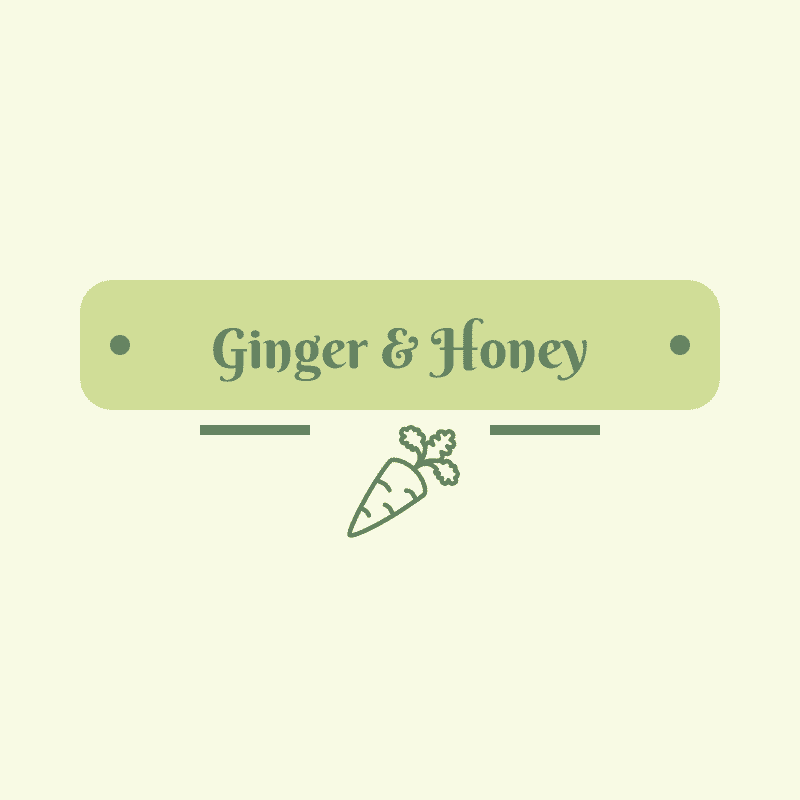
Ginger and Honey
This project is sponsored by Professor Booker
Design + Backend
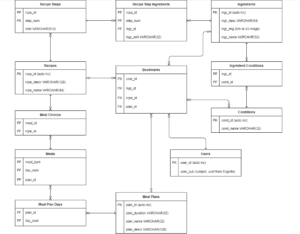
Entity Diagram
Dynamic PRototype
The prototype was created in Justinmind and has all the basic features of the app minus user storage. It was designed using a human-centered approach, making the use of user interviews and adhering to the fundamental principles of interaction. The majority of the time was spent in the sketching and brainstorming stage due to changing requirements.
Conclusion
The majority of the future work will revolve around actually creating and launching the app. The deliverables for this project were software architecture diagrams for the backend as well as a dynamic prototype for the frontend. It will be up to whoever continues this project to take these artifacts and spin up the AWS services, write the code for the frontend, and determine whether React or other technology might be suitable to utilize.
Future Plans
Enhancements for the future:
1. Implementation of customized meal plans using artificial intelligence
2. Add more fields to the user profile setup
3. Continue research component to include a more comprehensive list of diseases
4. Build out and launch the live application
Specifications
Specifications
Main Deliverable: application prototype that demonstrates a range of functionality
Must be accessible to all mobile device users

Context Diagram
The first level is the System Context Diagram, or the big picture view of how the app or service fits into the existing software environment. The system was designed to allow a future developer with knowledge of machine learning to input the actual data that will be served to the user, either through AWS or through some external means.
Concept Evaluation
Ginger and Honey underwent several design changes in order to optimize usability and functionality. The following three concepts illustrate the different ways we looked at presenting resources to app users.
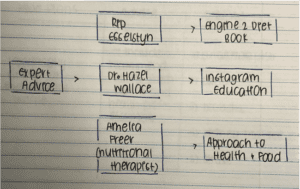
The first idea had a branched breakdown of information. Subcategories of advice would be divided based on health expert. Each category would yield text references and associated documents.
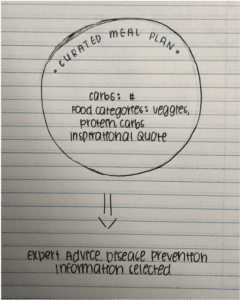
The second concept focused on the curated meal plans. It would take the information from the user profile and output resources regarding disease and wellness.
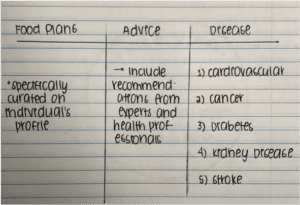
The last model was split into three main components: food plans, advice and disease. The team thought this may be an effective way to search for either known health experts or a specific disease.

